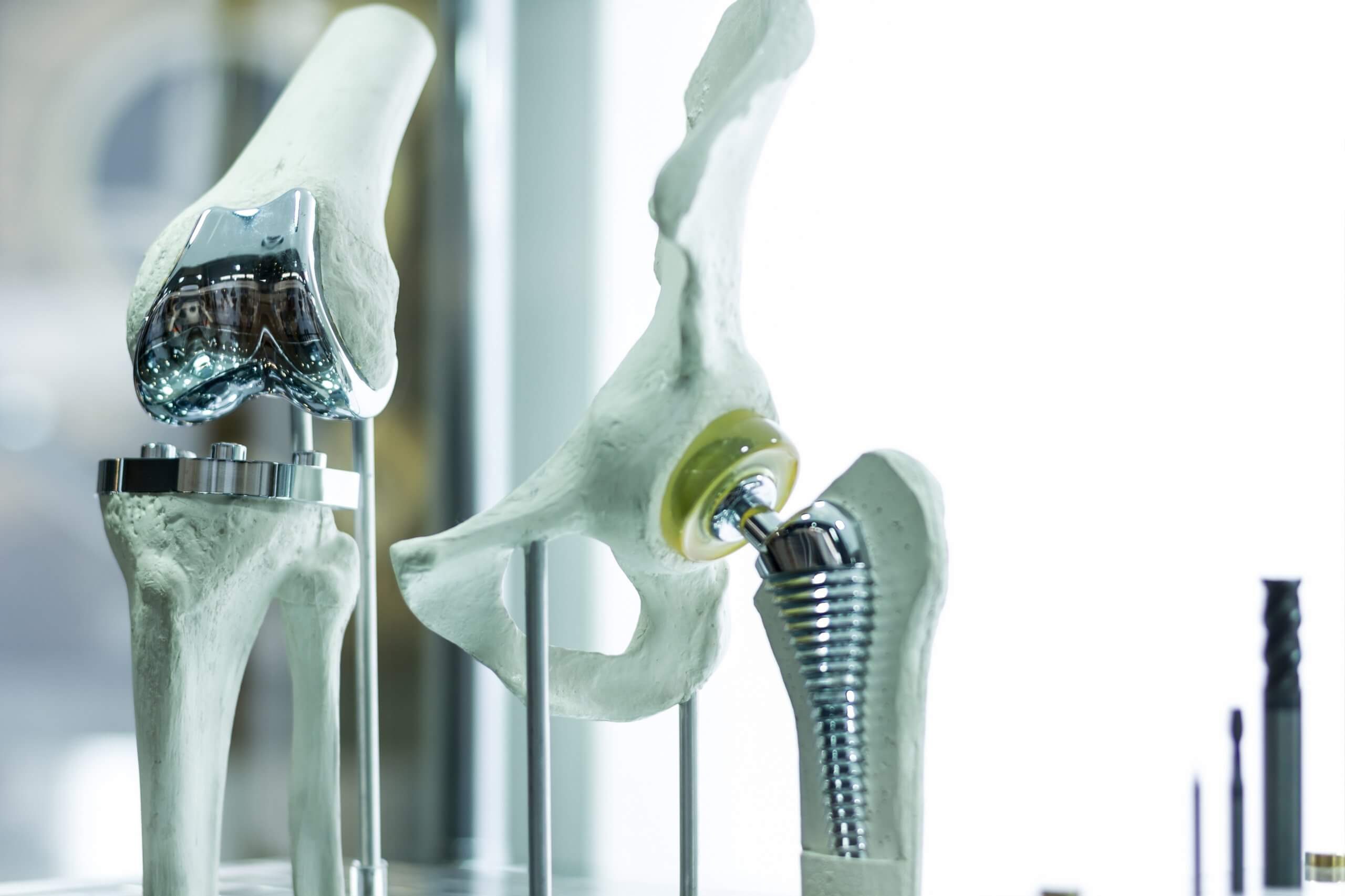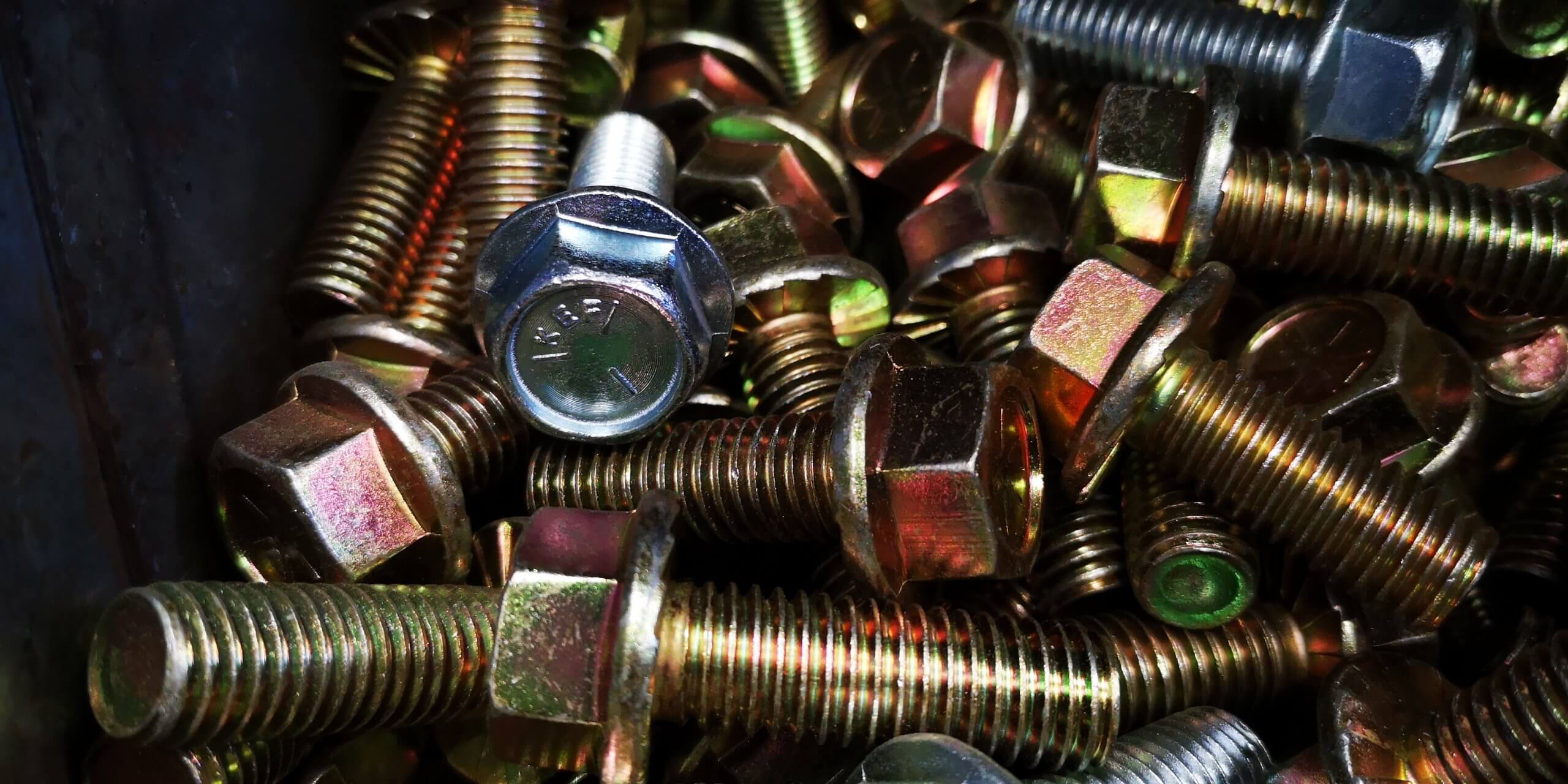Artificial joints are becoming more and more popular. The application of surgical screws will become more and more widespread!
No matter when and where, our daily lives are inseparable from screws. These seemingly inconspicuous tiny tools can hold our electronic devices together to be able to hold buildings together. But are you aware that they can actually be used in your body? Sometimes, when a patient must undergo foot or ankle surgery, the surgeon will insert surgical screws or implants into their body to ensure that everything heals properly and stays together. This is just one way that surgical screws can be used in the human body. There are many problems surrounding these surgical screws and implants. Let us introduce you one by one.
What is Surgical implants?
Implants are objects placed in or inside the body for medical or cosmetic purposes. The screws used in surgery are specifically used to hold bones together to strengthen ligaments and tendons. They can also be used to attach tendons and ligaments to bones, or when the bones need to be completely replaced. Likewise, they can be used to hold dental implants in place.
What is the implant made of?
If you are about to have foot or ankle surgery, your surgeon may provide you with two main types of implants. These implants are divided into biological and non-biological categories. Biological implants are made of a material that will become scars and disappear over time. They are mainly used to strengthen or replace damaged tissues. Non-biological screw implants are made of metallic materials (such as titanium). These implants will not decompose over time and are permanently placed in the body.
Whether the implant needs to be removed?
Since biological implants tend to dissolve, one wonders whether non-biological implants need to be removed over time. The answer is no. The tiny screws or tiny screws placed in your body will not rust, move or harm your system. There are almost no consequences in your body. If you go to the airport, they won’t even detonate metal detectors, because they are small and need a lot to attract attention. Even if they do not need to be removed, your doctor may recommend removing them after everything is cured.
How to delete them?
If you and your doctor decide to remove the screw, first make an incision where the scar was left. However, it is important to note that the new cut will not be larger than the first cut. Then, the surgeon will enter the tissue and find the hardware. Upon arrival, remove it and close the incision. Screws can be used for many things in the family and daily life. In 2017, revenue from screw, nut and bolt manufacturing in the United States reached 30 billion U.S. dollars. Although they can be seen everywhere in our daily lives, it is worth noting that they can also be used in the human body.




